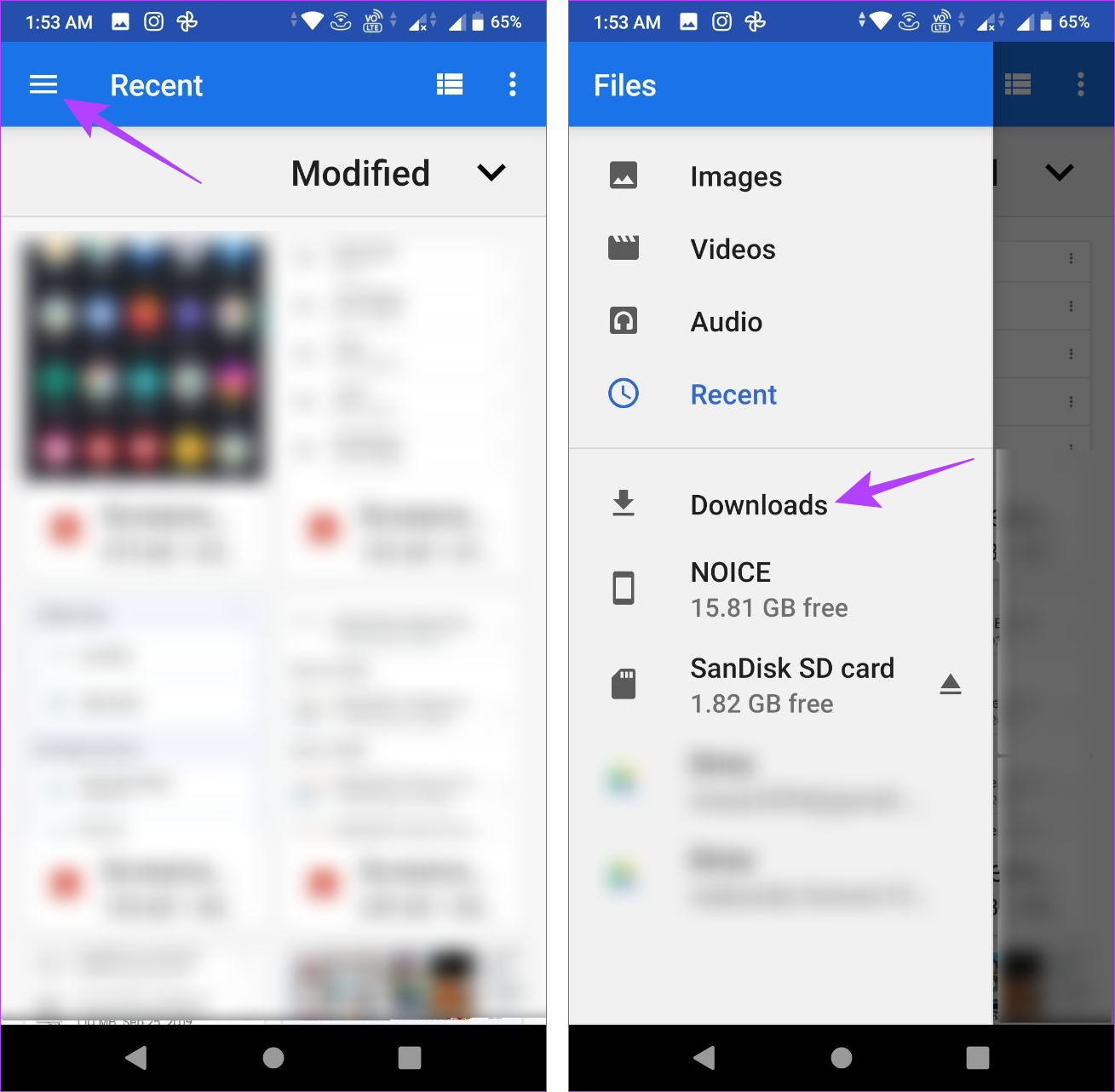The best Side of free android downloads for tablets
The best Side of free android downloads for tablets
Blog Article
Finding downloaded and install documents on your Android device can be a challenge. Effortlessly, your phone can swiftly end up being cluttered with pictures, videos, screenshots, and various other data. To free up space on your device, it's vital to keep track of where your downloads are conserved. In this manner, you can conveniently determine and erase unneeded data.

If you're having trouble situating a essential file that seems to have vanished into slim air, are afraid not! This overview is below to help you track it down and obtain your Downloads folder in order. Whether you're a pleased proprietor of one of the premier Google Pixel phones or an additional Android device, we'll reveal you exactly how to swiftly discover your downloads and maintain them nicely arranged.
Locate your downloads with the default data manager
Every phone manufacturer may supply a distinct pre-installed Android application for arranging files, yet your use ought to be equivalent. If you have a Samsung gadget, you can consult our guide on finding downloads on your Samsung Galaxy phone.
Just like various other popular os, Android has actually a assigned Downloads folder for saving data. To locate your downloaded and install data on your tool, adhere to these steps:
1. Open the Documents or My Documents application from the home screen or app drawer.
2. Try to find a area called Downloads.
3. Tap it to check out the documents you downloaded and install.
Use the Data by Google application for your downloads
If you're seeking a straightforward and reliable method to locate your downloaded and install documents on your Android gadget, consider making use of Data by Google from the Google Play Shop. This application sticks out as a top option for its straightforward interface and functionality, making it an superb choice to any preinstalled data manager application on your gadget.
4. Open the Data app.
5. Select the Browse tab at the bottom.
6. Faucet Downloads.
7. Select the Download and install tab to see the files because folder.
Locate your downloads by hand
If you're unable to situate the Downloads folder on the primary page of your documents supervisor app, attempt accessing your phone's interior storage rather. Right here's a step-by-step overview on exactly how to do it:
1. Open the Data application.
2. Select the Browse tab near the bottom.
3. Scroll down and most likely to Internal storage space.
4. Touch the Download folder.
Relocate your downloads to one more area
Transferring files out of the for different reasons, particularly for download on your tablet files that hold sensitive or personal information. Putting such data in their designated folder boosts their security and lowers the threat of unintentional deletion. Furthermore, it helps avoid them from being lost among the multitude of unrelated files you may download.
1. Open the Files app.
2. Navigate to your Download folder.
3. Tap the three-dot menu to the right of any file.
4. Choose the Move to option.
5. Tap Internal storage at the bottom.
6. Select any location or folder.
7. Tap Move here to transfer the file to that location.
Additionally, you can utilize the Copy to feature and transfer these files to a different location. This enables you to create numerous copies without deleting the original files from your Download folder.
View the exact location of your downloadsM/b >
You may want to see the location of the Download folder for various reasons from time to time. Tap the three-dot menu next to one of your downloaded files and go to File info. The/ storage/emulated/0/ Download path is the default for many modern Android devices. Some third-party web browsers might save files to a different folder, but this should be the location for most downloads.
Managing your downloads is easier than you think
The Files app by Google is an excellent choice for those who appreciate a straightforward file management solution. With its user-friendly interface and simple features, this app effectively categorizes your files into different types such as downloads, images, videos, and audio. Additionally, it provides the option to remove unnecessary files.
Speaking of tidying up, you can free up more storage space by learning how to delete unwanted WhatsApp media files. You can install an SD card on some Android devices if you're still short on space.
Report this page